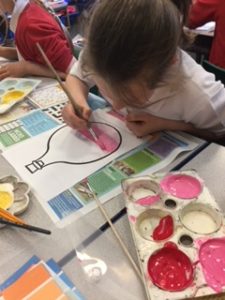This week, we’ve been exploring and discussing our own feelings and emotions and those of others. We discussed that we need to be able to recognise, name and manage our own feelings.
Emotions are a natural, important and healthy part of being human. The children named lots of varying emotions and the effect they can have on our bodies. We thought about some strategies to help us to learn how to manage the effects of strong feelings such as anger, sadness or loss.
I was really impressed that some children wanted to ask their peers for advice on how to deal with certain emotions.
- “I’d like some advice on how to stay calm.”
- “Have you tried going to a quiet place or counting to help calm you down?”
- “I’d like some advice on how to stop getting upset so easily.”
- “Maybe think whether or not it’s worth getting upset about. Talk to a friend or take deep breaths if you feel yourself getting upset.”
DON’T BOTTLE IT UP!
Following this lesson, we thought about colours and how they can represent mood and emotion. Using a colour chart, the children thought of an emotion and then had to find synonyms for it. It was amazing how many new words we found. “I’ve learnt the word livid today.”
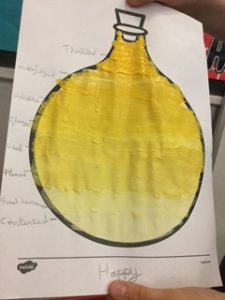
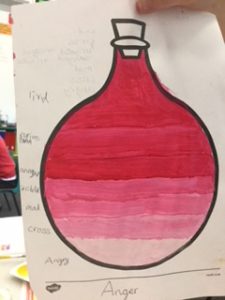
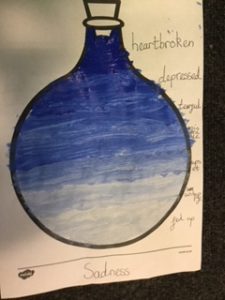
After that, we thought about making some shades of the same colour to represent our chosen emotion. Using a bottle as a base, the children began to shade lightly and then, as they got higher up the bottle, the colour of the chosen emotion intensified.
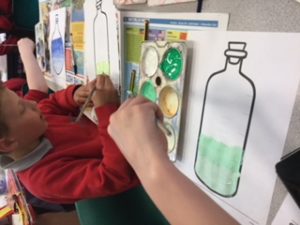
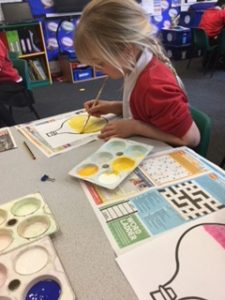
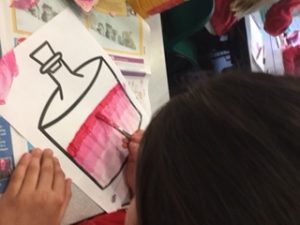
At the end of our lesson we discussed the phrase ‘Don’t bottle things up.’
This was our definition – To contain or hold feelings in, especially emotions, and not express or reveal them: If you keep bottling up what you’re thinking, we’ll never be able to help you. I was angry, but I bottled my feelings up.
